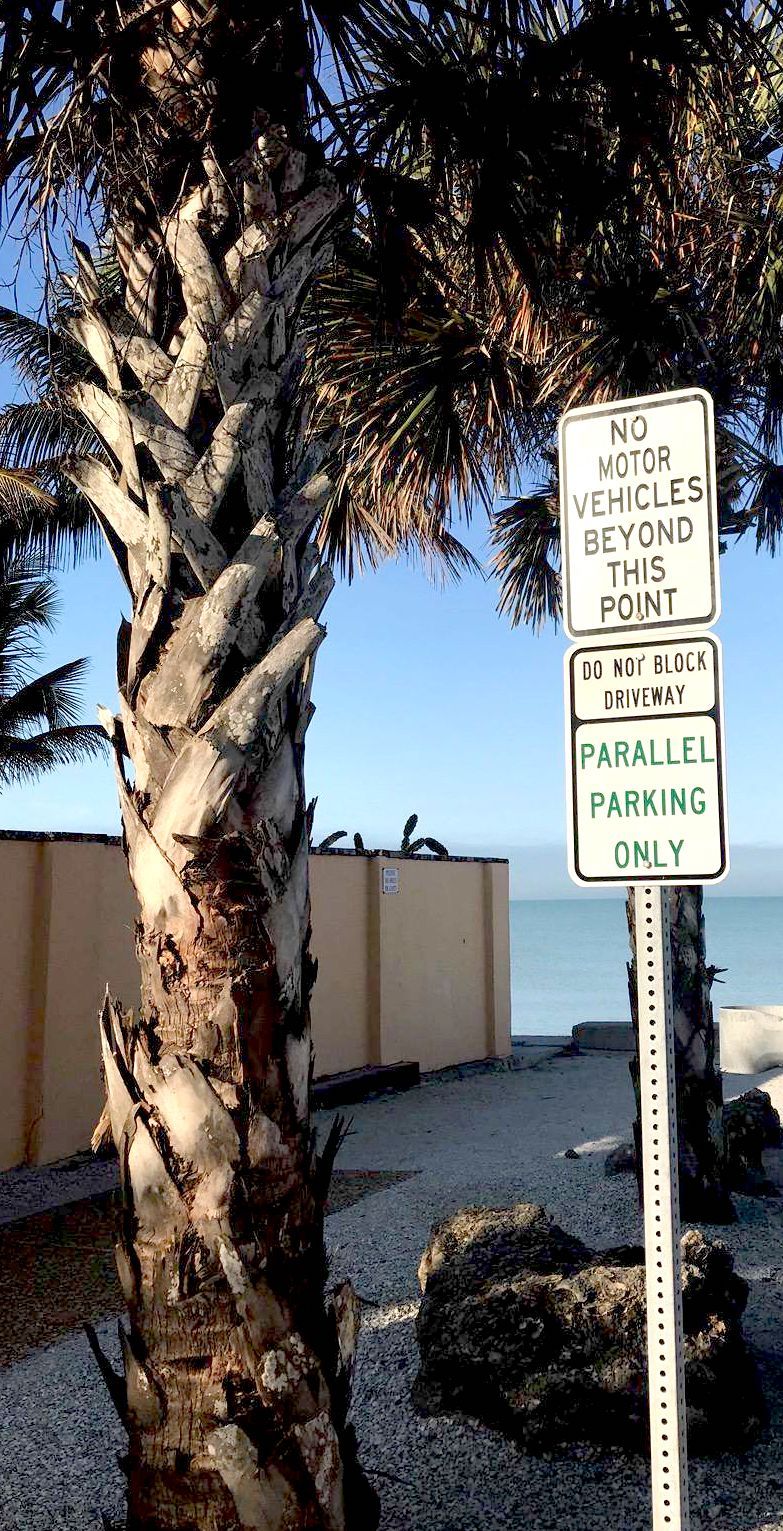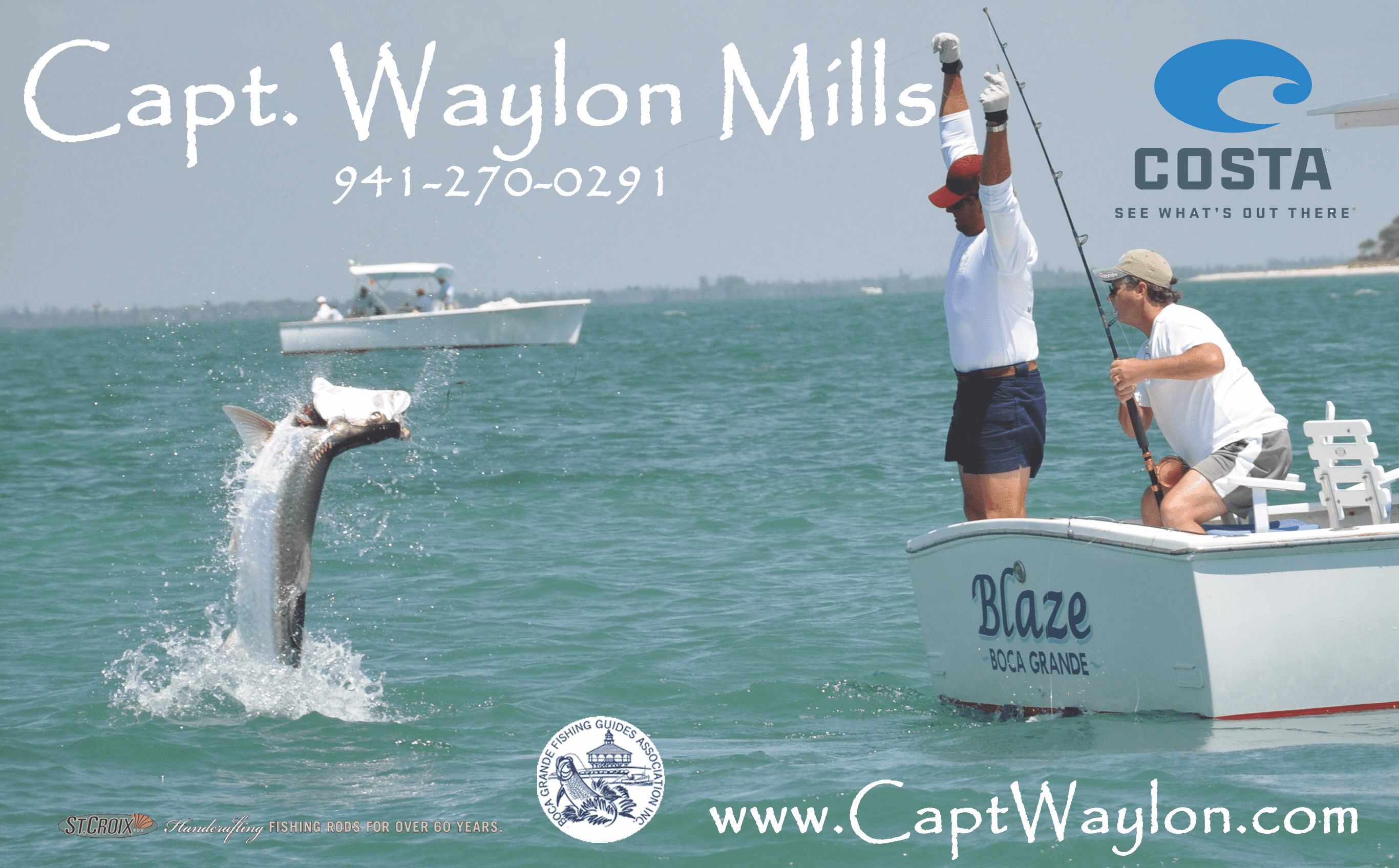How we got here: A chronology of parking discussions in Boca Grande

BY MARCY SHORTUSE
Editor’s Note: This August, Lee County commissioners are scheduled to vote on an ordinance related to parking in Boca Grande. It could contain a sweeping revision of current ordinances, which have evolved over the last decades. With that in mind, the Boca Beacon has gone back and reviewed how we got to where we are, with some key dates gathered from previous Beacon reporting.
Automobiles were first introduced to the island at the beginning of the 20th century by Kingsmore Johnson Sr., who brought his brand-new Model T here via a “run” boat out of Punta Gorda. By the early 1920s, there were still only 15 to 20 cars on the island. Obviously, that number has increased.
In order to understand what a long, strange trip this has been, one has to know the facts from the beginning. It’s not an issue that started 10, 15 or even 20 years ago. The 1980s were when a big boost of new residents and visitors began showing up on Gasparilla Island, and it didn’t take long for everyone to realize that there isn’t much room on our tiny little spit of land, especially in the downtown area.
Even earlier than that, though, back in 1971 a group of concerned business and property owners who had been watching the expanding population and increased amount of tourist traffic decided to create an organization to attempt to make the growth flow, while keeping the island’s natural beauty intact. It included height restrictions. In 1980 the Gasparilla Island Conservation District Act was formalized, and the Gasparilla Island Conservation and Improvement Association (GICIA) was created to govern the Act.
In 1991 the first Lee County ordinance regarding Boca Grande parking was passed. It was Ordinance 91-35, relating to off-street parking in the Lee County portion of Gasparilla Island. The proposed ordinance was created through discussions and meetings with island representatives and Lee County staff. It primarily addressed beach parking, the types of parking allowed downtown and parking restrictions for buses and recreational vehicles. It also addressed the problem of vegetation overgrowth and other parking obstructions on beach access streets (many created by the residents who lived there).
In April of 1999, Lee County Planner Steve Boutelle explained that if there wasn’t proper access to the island’s public beaches, there would be less (or no) money available for beach renourishment. He also mentioned that if beaches weren’t maintained or were closed for long lengths of time, the state could ask for their money back and it would come out of island residents’ pockets. This same year marks when primarily beachfront island residents actively started trying to find ways to deter beachgoers who parked on the roads where they lived.
On Aug. 28, 2003, Lighthouse United Methodist Church received a variance for church expansion after the church was remodeled and expanded. With the strong potential of more people parking on the Gilchrist Avenue median because of the project, property owners who resided adjacent to the church were given an opportunity to give their opinion to Lee County on the project.
The Boca Grande Community Planning Panel was formed on January 5, 2004, and conducted their first meeting that was open to the public just three days later. In that meeting they explained that among their many goals (featuring many new proposed ordinances for both the Charlotte and Lee County sides of the island), the parking issue weighed heavily in their proposals.
In 2004 the panel also sent out a survey, asking residents what their primary island concerns were. Out of the top 10, parking was not one of them.
At the end of 2007 another Community Planning Panel meeting was held, with board member Bill Heisel asking why store owners would complain about a lack of parking when their employees were parking right in front of the stores and restaurants. He said if the business owners weren’t going to help to solve their own problems, it was “kind of sad.” Board member Dave McHugh rebutted by saying that many of the restaurant workers had nowhere else to park, particularly since Gilchrist Avenue had been regulated as a no-parking area after 9 p.m.
Between the years of 2007 and 2009, the Boca Grande Community Planning Panel held a series of meetings with residents and shopkeepers that included heated discussions regarding proposed parking changes by the panel. The meetings were strong indicators that island business and property owners opposed the notion of changing island parking in any way. Proposed changes that were vehemently opposed included changing the angled parking downtown to parallel, making many downtown streets one-way only and creating a “roundabout” at the intersection of Park Avenue and 4th Street.
One businessman who spoke up was the former owner of The Temp, Jim Grace. He was then the voice for many business owners when he addressed changes in parking that the panel had proposed regarding one-way streets and parallel parking. His older patrons would stop coming if they had to walk a distance to get there, he said, and they would stop coming to other restaurants as well. This was the first publicized mention of the fact that many island residents and visitors are elderly and/or have mobility issues that would require close-proximity parking for them to reach their destinations, which often include churches, shops and restaurants.
Also, in 2007 a number of Gilchrist Avenue residents formed a group to fund landscaping and bring parking regulations on the Gilchrist Avenue median. The group was formed after county officials told them they were not able to pay for the project at that time.
In April of 2015 the relationship between available public parking for public beaches was revisited. Notice was taken of a Department of Environmental Protection agreement dated December 15, 2009, that referenced the fact that Lee County agreed to maintain public beach access and parking spaces throughout the life of the beach renourishment agreement that had been made. It showed, for instance, that there were 41 parking spaces on 3rd Street, 42 spaces on Banyan Street and 28 parking spaces on 1st Street. (Subsequent federal, state and local documents relating to beach parking and renourishment are available at bocabeacon.com/nourishment.)
The GICIA later drafted a letter to Commissioner John Manning, thanking him for suggesting that the island have a parking panel to assist in creating a solid proposal for parking changes. Original members of the Parking Panel included Mary O’Bannon, Chris Cowperthwait, Mark Spurgeon, Lynne Seibert and Robert Johnson.
In March 2017, amidst parking access and issues along beach streets, Lee County came in and added new beach parking signage, presented for review by the Boca Grande Historic Preservation Board. The signage highlighted ordinances pertaining to beach conduct, including no glass containers, fires, live shelling or littering. There were also requests of residents to ensure the removal of any objects within 14 feet of the center of the roadway and to remove unauthorized objects from the county right-of-way.
On April 16, 2019, Lee County Commissioners held a public meeting to adopt changes to Gasparilla Island Parking Ordinance No. 91-35. The revised ordinance addressed angled parking in the historic district. Other changes included a no-parking zone on the south side of Belcher Road, and that buses and recreational vehicles could only park on East Railroad Avenue between 5th Street and 7th Street.
In 2019 it was also officially announced that money had been set aside in the county’s budget for parking rangers. Their job descriptions would include enforcing parking on county beach access streets, as well as at the Boca Grande Community Center and at the “Pink Docks” at the eastern end of 5th Street. Lee County Sheriff Carmine Marceno committed extra personnel to beach patrols on weekends and extra personnel on holidays as well.
By 2021 the Boca Grande Parking Panel had finalized multiple parking changes. Not only did they take part in the 2019 revision of the parking ordinance mentioned above. They had also mandated a change in parking from angled to parallel on beach streets, and made golf cart and bike parking available only at the ends of county-maintained beach accesses. They also created a special parking zone between 5th and 7th streets.
In May of 2021 Lee County Commissioners signed into effect Ordinance 19-05, pertaining to areas for public parking. It designated parking areas for public beach parking that included the western end of 5th Street, between Gilchrist Ave. and the Gulf of Mexico; the parking area located at the Range Light Park; the parking area between lots 31 and 32 of Golden Beach Unit 1; and the parking area located at the Port Boca Grande Lighthouse. It also stated that buses and recreational vehicles could not park between dawn and dusk on East Railroad Avenue between 5th Street and 7th Street, and that buses and recreational vehicles were prohibited from parking anywhere else within the boundaries of Gasparilla Island.
On April 29, 2022, the Parking Panel met, with Commissioner Kevin Ruane in attendance. He was given a tour of parking “hot spots” and spoke with the panel about several topics, including identifying all available parking in the Historic District and on beach access streets; clarifying parking use on Gilchrist Avenue; having Lee County identify and examine all situations where county rights-of-way were compromised by plantings, rocks, etc. (and to start working on getting those locations back to being available parking); and implementation of a multi-tiered sticker program for parking. They also discussed two-hour parking in the business district, as well as the implementation of app technology and signage for beach parking.
Note: This timeline stops at 2022, as the rest of the story can be found in collected parking stories at
bocabeacon.com/parking. There are also other documents related to beach access in general.









